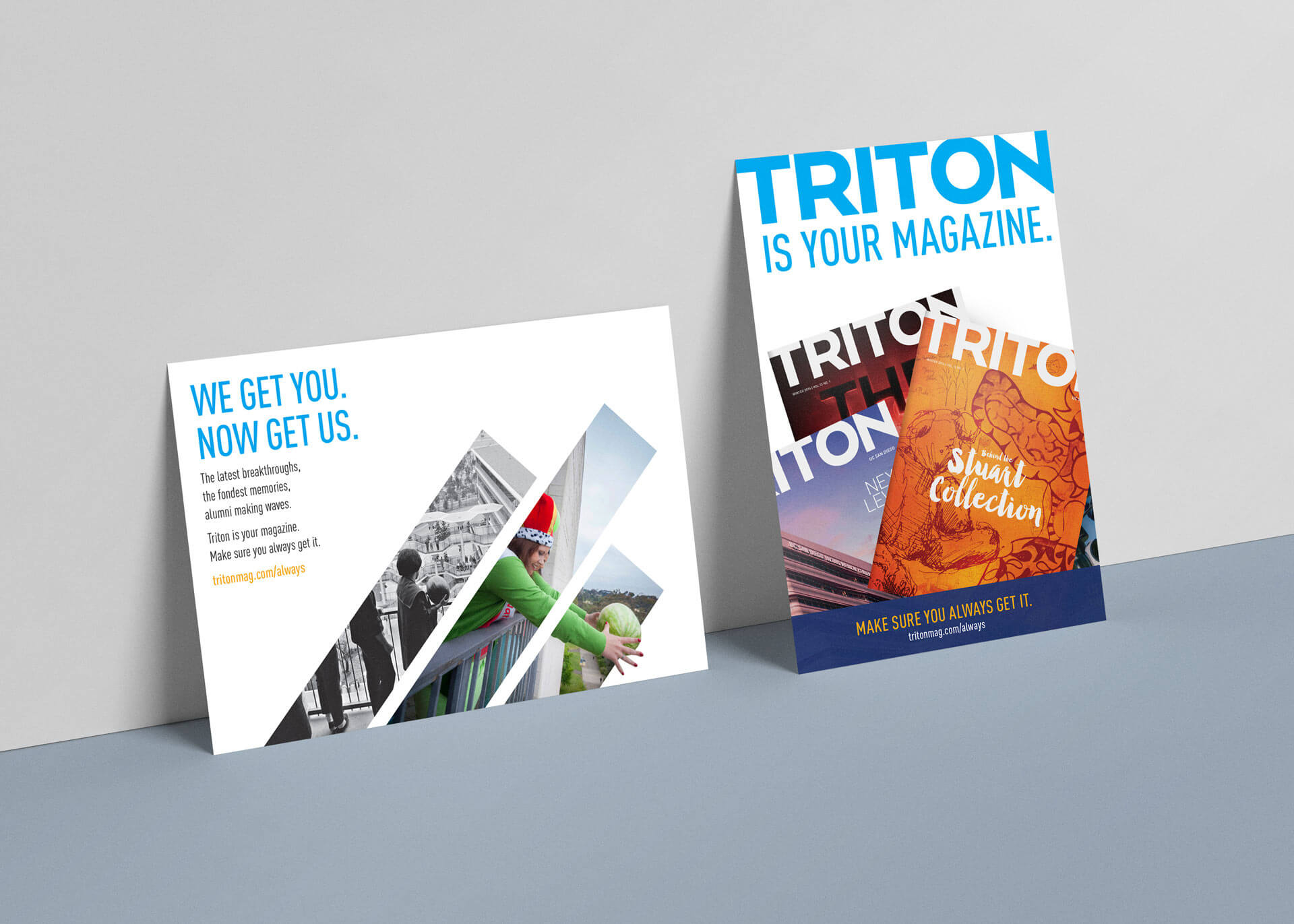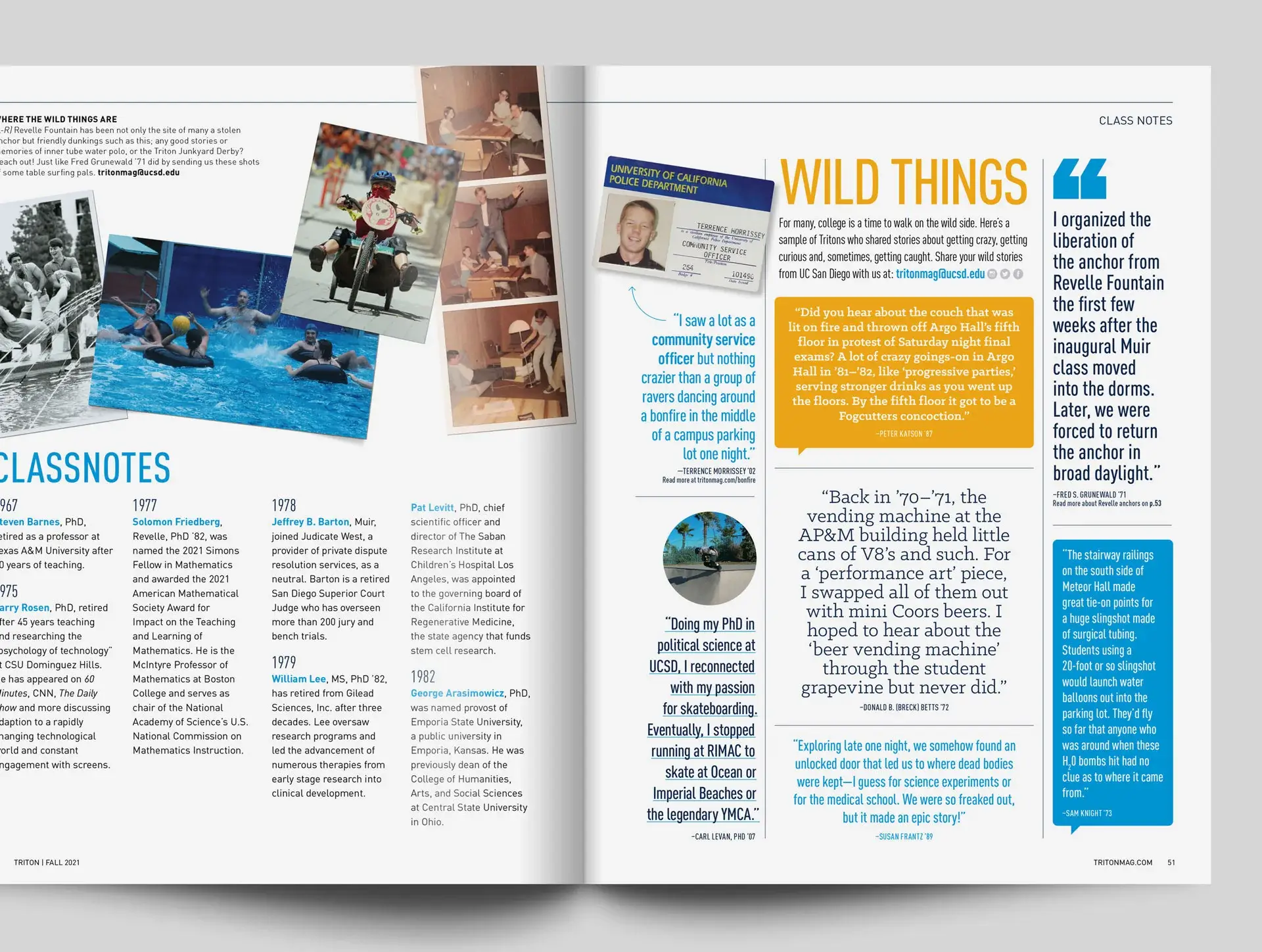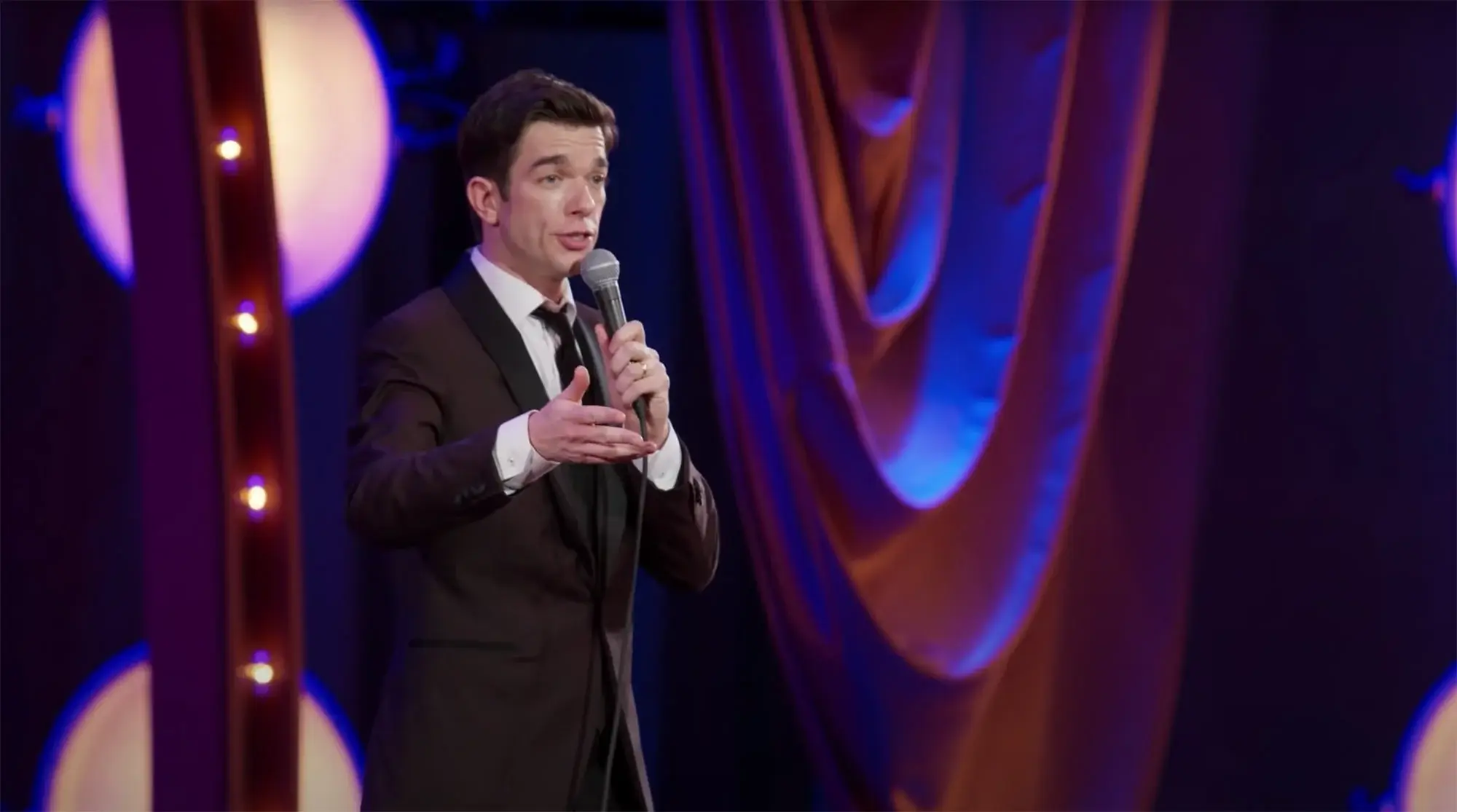What alumni want from your university
And how your magazine can give it to them. (Part 1)
It’s a strange dance a university must do with its alumni. When I was a Traina client and editor-in-chief of UC San Diego’s alumni magazine, I often summed it up as, “getting someone to join a club they’re already in,” which is as awkward as it sounds.
Some universities do this dance easily because the steps are taught at every turn. The campus oozes with pride and so does every graduate. Other schools have to reckon with alumni ambivalence, disinterest, maybe even animosity.
Solicitation fatigue is often the major wedge driven between alumnus and alma mater, whether due to frequency (“I only ever hear from them when they want money,”) or an aversion to the very principle of alumni giving, which no one puts better than comedian John Mulaney:
Challenges abound when it comes to fostering engagement, receiving more dollars and increasing a university’s prestige and rankings. And while I am most certainly biased, I do believe that an alumni magazine can be the beating heart of the alumni/university relationship—the dance instructor, if you will—or to put aside my mixed metaphors, it can simply be the most versatile and valuable tool a university has in giving alumni what they want.
But what do they want?
Alumni want to be engaged personally.
And this can be hard in the world of mass media and marketing. A magazine may not be as personable as an engagement officer in a 1:1 meeting, but it can simulate personalized messaging by strategically playing on common truths of the university experience.
For instance—not every alumnus had a great time at your university. For all the fondness that some alumni have, the memories of others might be focused on the pressure they felt, the uncertainties of the future, the stress of independence or the overall struggles of becoming. And I’d estimate that for every alumnus who has bad feelings about their time there, there are three alumni who have no feelings at all.
Given such a spectrum, a mass message that appeals to alumni “love” for their university will fall flat for a good portion of its recipients. Its deniability makes the walk to the trash that much shorter. But other concepts can be just as big as “love” but universally true. I often used the undeniable fact that the university is where alumni come from, really digging into the significance of that phrasal verb. A university shapes you, tests you, makes you. Whatever your experience was then, and wherever you are now, you come from your university. And because that message means something different to all who receive it, its universality can create the guise of speaking personally.

For this subscription card, “We get you” has a double meaning and speaks broadly enough to be individually interpreted, especially with a nod to the quirky UC San Diego tradition of dropping gourds off tall buildings.
Sign up for more Traina news, insights and updates.
By signing up to receive emails from Traina, you agree to our Privacy Policy. We treat your info responsibly. Unsubscribe anytime.
Alumni want their university to be interested in them.
Just like universal messaging can yield personal interpretation, universal questions can yield true, personal engagement. I had great success in both engagement and content creation by posing questions that literally every student could possibly answer. Not so much What was your favorite lab? (Yours truly, a philosophy major, never had one.) But, What was your go-to food on campus? Your signature outfit in those days? Every time these inquiries went out via a post-issue email, the days following were by far the most fun in the office. The responses were full of memories and stories and the magazine truly felt like the university’s hub of conversation and expression.
Granted, to someone under a firm fundraising goal, such topics might seem trivial. But just like any fundraiser knows the importance of warming up a prospect, taking your audience back to those memories sets up a frame of mind ripe for other messages. For our mag, it set the stage for deeper questions, like, Who was your favorite professor? Or, What’s the most important thing you learned?
Answers to these questions produced leads for engagement officers, while we’d follow up with some for deeper content, and others were compiled into a page that showcased and amplified the engagement happening in our community. Above all, it was fun, real, and fulfilling on both sides.

The magazine’s class notes section came alive with answers to universal questions, which often produced a second wave of responses after publication. This made for future content as well as leads for engagement officers.
Alumni want ease.
For all that universities are bastions of enlightenment, they can occasionally overcomplicate what could be very simple things.
For example, shopping around the previous idea of alumni questions, colleagues tended to jump to logistics: How would these answers be recorded? How would responses be managed? Maybe an online form, where they could supply information for the database? That way an automated response could be sent as well…
A rather simple idea got complicated real quick. I came to realize that these questions and answers and plans were couched in optimism—How will we possibly handle the abundance of responses we will no doubt receive? Thing is, these measures assumed not only success, but runaway success that needed to be preemptively managed.
But we all know nothing kills intimacy quite like an online form. And in this case, acting on the assumption of success that needed management would have torpedoed the chance of success in the first place. We reasoned that the easiest means of response was: “Reply to this email and tell us.” And initially, responses were a very manageable 30-40 messages we replied back to with our thanks and a short note, like real humans, which we were! And it felt great to let people know that.
Along with enlightenment, universities are bastions of experimentation, and a magazine can be a great medium for trying out new ideas. There’s always a next issue, another chance to try again or try something different, to simply see what happens. Sometimes complicated plans can smother the spark of curiosity, or the desire to address potential problems can kill the momentum for ideas to take flight. So don’t be afraid to start small, to simply experiment and allow yourself the freedom to possibly have problems down the line—especially if they are good problems, like too much engagement.
Ready to talk about your magazine?
Reach outJarrett Haley is Traina’s copywriter and a dad to three children growing up way too fast.
